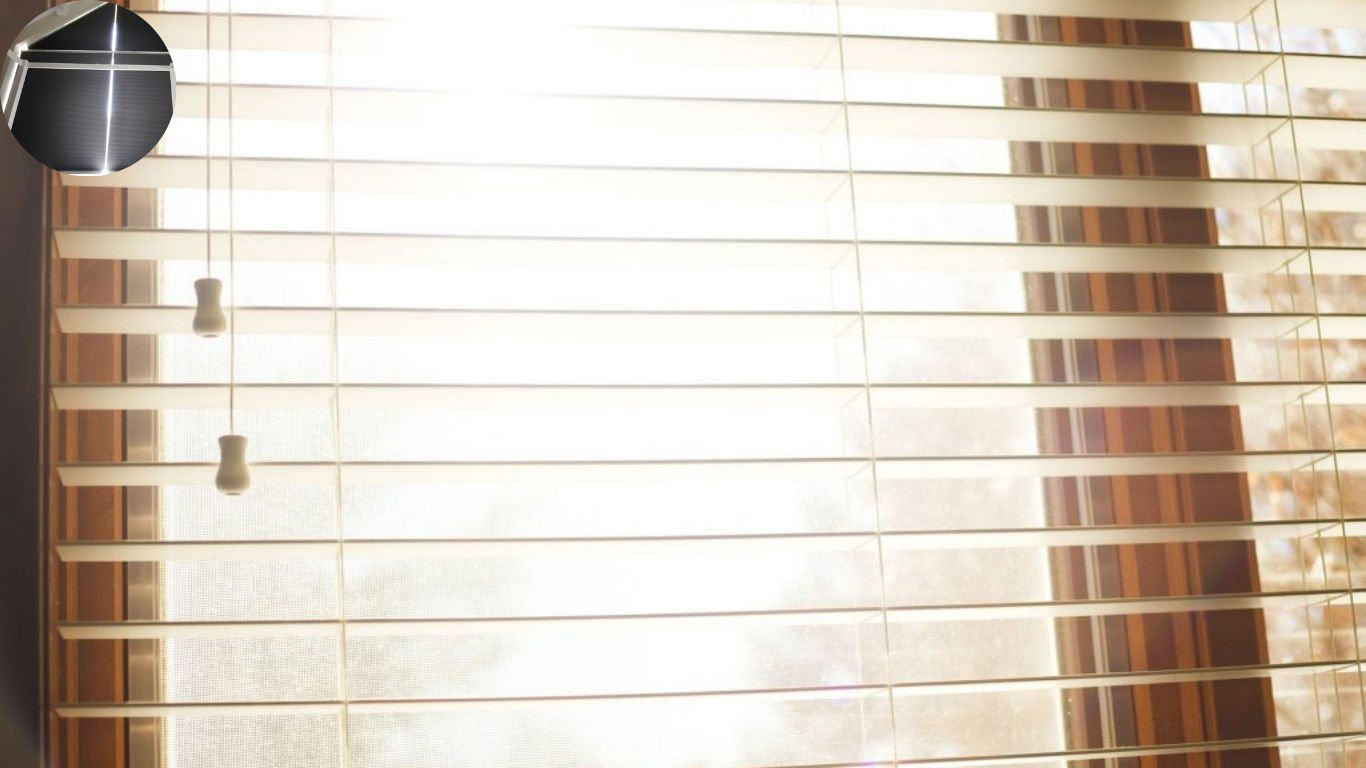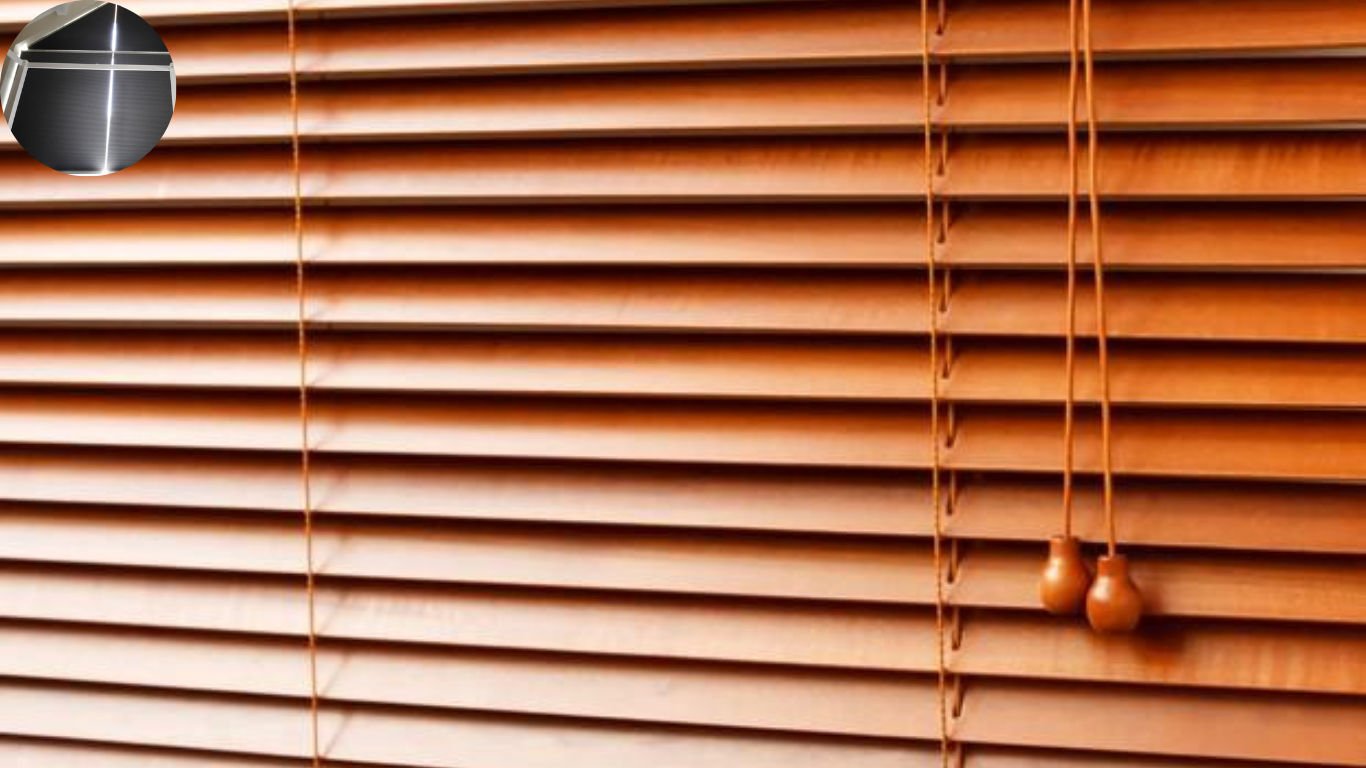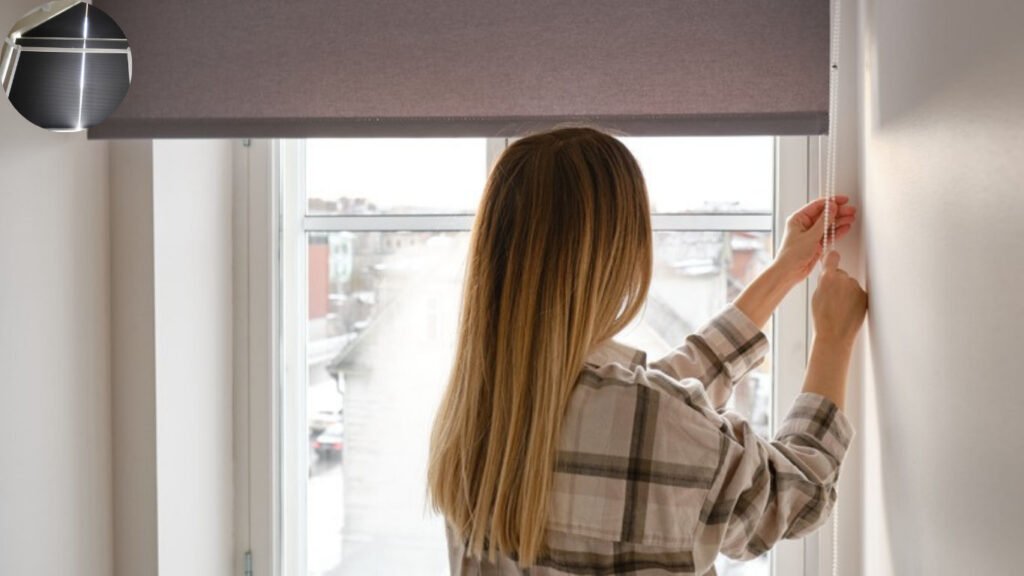As summer temperatures climb, many homeowners look for simple ways to keep their living spaces cool without relying solely on energy-hungry air conditioning. One common piece of advice is to close your blinds during the hottest parts of the day-but does this really help keep your house cooler? Research and expert advice suggest that closing blinds, especially on windows facing direct sunlight, can significantly reduce indoor temperatures by blocking and reflecting solar heat before it enters your home. In this article, we’ll explore the science behind this cooling strategy, how effective it really is, and practical tips for maximizing its benefits.
The Science Behind Heat and Light
Heat and light play a crucial role in how we experience temperature indoors. When sunlight hits surfaces, it transforms into heat. This process is known as thermal radiation.
Light waves can penetrate through windows, warming up the interior spaces of our homes. Windows are often the culprits behind increased indoor temperatures during hot months. The materials and colors of your walls also absorb or reflect this radiant energy.
Different types of light have varying effects on warmth levels. For example, infrared rays carry more heat than visible light. Therefore, while you might enjoy natural sunlight streaming in for its aesthetic value, it could be raising your home’s internal temperature significantly.
Understanding these principles helps us find effective ways to manage indoor climates without relying solely on air conditioning systems or other mechanical methods.
Understanding How Blinds Work
Blinds are an essential fixture in many homes, serving both aesthetic and functional purposes. Their primary role is to control light and privacy. But how do they actually work?
When you close your blinds, you create a barrier between the outside heat and your living space. Solar gain can be significantly reduced by this barrier, depending on the material used. Light-colored or reflective materials bounce sunlight away, while darker shades absorb heat.
The design of blinds also plays a crucial role. Vertical or horizontal slats can be tilted to adjust light entry without completely blocking it out. This versatility allows for better temperature regulation.
By minimizing direct sunlight exposure during peak hours, they can keep rooms cooler throughout the day without relying solely on air conditioning systems.
See also how to check if your house has a smart meter
Does Closing Blinds Really Keep Your House Cooler?
Many homeowners wonder about the impact of closing blinds on indoor temperatures. It seems like a simple fix, but there’s more to it than meets the eye.
Your blinds block sunlight from entering your home when they are closed.This can significantly reduce heat buildup during hot days. The darker rooms tend to feel cooler and more comfortable.
However, not all blinds are created equal. Light-colored or reflective materials work better at keeping heat out compared to darker shades that absorb warmth.
It’s also important to consider window orientation. South-facing windows receive direct sunlight for most of the day, making them prime candidates for effective blind use.
In hotter climates, incorporating additional cooling methods is essential. Pairing closed blinds with fans or air conditioning can create an even cooler environment.
Other Factors that Affect Home Temperature
Home temperature is influenced by various elements beyond just your blinds. Maintaining a comfortable indoor climate depends on insulation. Good insulation keeps the heat out during summer and retains warmth in winter.
Heat can be gained through windows and doors. If they are not properly sealed, outside air can infiltrate your home, making it harder to regulate temperature.
The type of flooring you choose also matters. Tile or concrete floors tend to stay cooler than carpet, which can trap heat.
Appliances generate heat too; ovens, dishwashers, and even electronics contribute to rising temperatures when they’re in use.
Ventilation is key. Proper airflow helps disperse warm air and brings in cooler breezes from outside. All these factors intertwine with how effectively you manage cooling strategies like using blinds strategically.
See also does running the dryer really heat up your house
Tips for Keeping Your Home Cool Without Closing Blinds
To maintain a comfortable temperature in your home without solely relying on closing the blinds, consider these effective strategies.
First, utilize fans strategically. Ceiling fans can circulate air and create a cooling effect. Portable fans are also great for smaller spaces or rooms that tend to heat up quickly.
Next, think about ventilation. Let fresh air in during cooler parts of the day, such as early mornings and late evenings. Cross-ventilation helps cool down your space naturally.
Insulation plays a vital role too. Ensure your home is well-insulated to prevent heat from seeping in through walls and ceilings. Proper insulation keeps indoor temperatures stable.
Planting trees or shrubs around your house not only beautifies your yard but can also provide natural shade that reduces heat absorption into your home.
Be mindful of appliances that generate heat. Limit the use of ovens and stoves during peak hours; instead, opt for quick meals using microwaves or outdoor grills.
By combining these methods with managing sunlight exposure through blinds, you’ll have an arsenal of tactics at hand to keep your living space pleasantly cool all summer long.
See also does leaving your garage door open really cool your house

